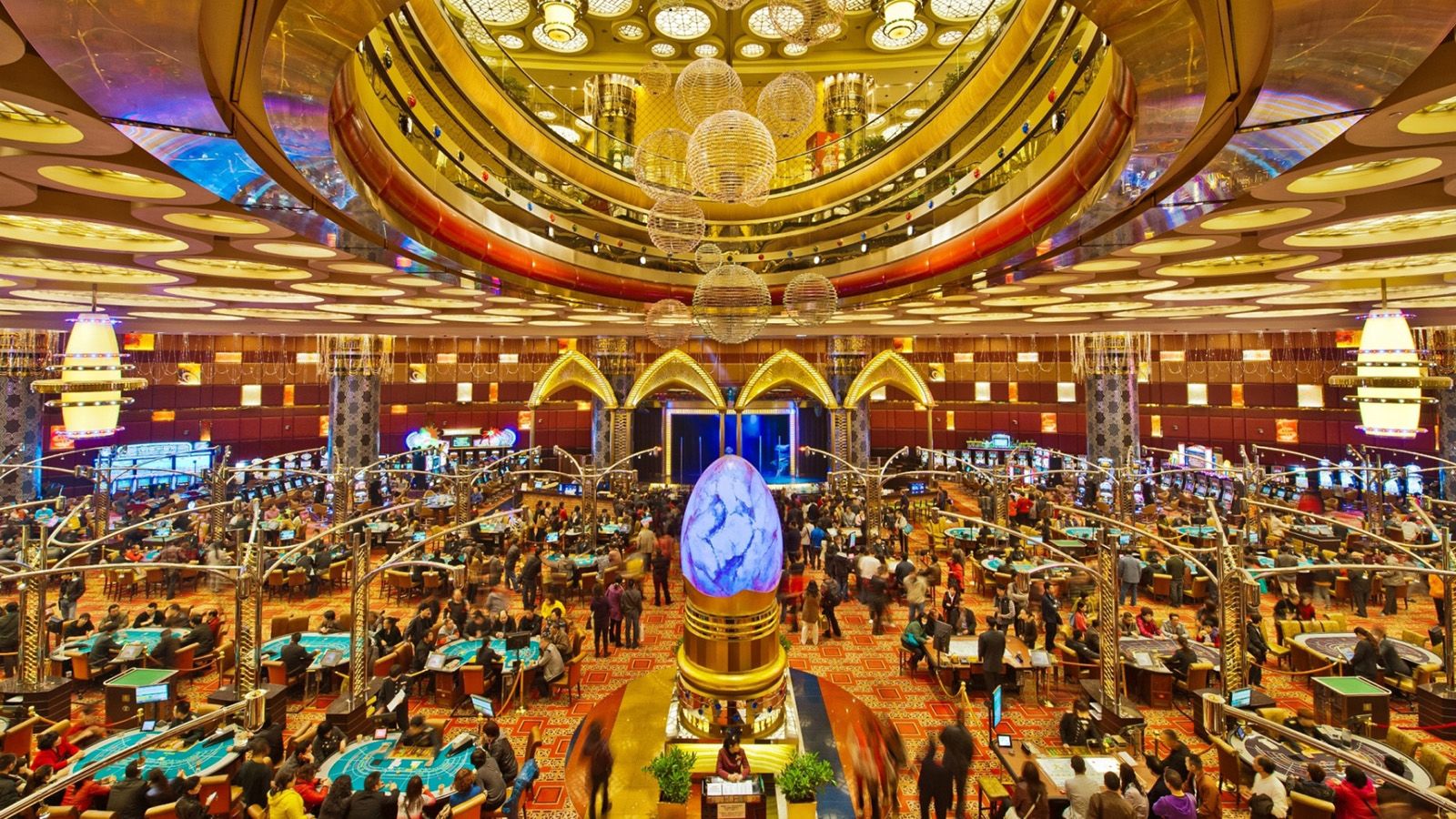
Casino games have long captivated the human imagination, drawing participants into a world filled with chance, strategy, and the allure of excitement. Each game is meticulously crafted not just for entertainment, but also to inspire targeted emotional responses that keep gamblers immersed and interested. Understanding the motivations behind these designs reveals much about how psychology plays a key role in the gaming experience.
From the dazzling lights and dynamic sounds to the sophisticated layering of systems and incentives, casino games are designed to create an atmosphere of anticipation and anticipation. Game designers leverage psychological principles to influence participant behavior, whether through the use of winning opportunities, close-call situations, or social connections. By examining these aspects, we can better appreciate how casino games fulfill not just a desire for entertainment, but underlying psychological needs for adventure and risk.
Comprehending Player Behavior
Casino games are designed with a deep comprehension of gamer psychology, which is crucial for luring and holding players. The rush of the game, alongside the anticipation of winning, establishes a strong allure. Miso88 Game designers utilize elements like sonic elements, colorful graphics, and engaging gameplay to seize attention and elicit emotional responses. These sensory experiences enhance the total environment, making players feel more involved in the game.
Another notable aspect of player behavior is the concept of risk versus reward. Casino games often balance high-stakes situations with the potential for considerable rewards, which can result in the occurrence known as near-miss phenomenon. When players come near to winning, the brain releases dopamine, bolstering their behavior and encouraging them to persist playing in quest of that hard-to-reach win. This cycle of wish and frustration plays a critical role in how games are designed and advertised.
Lastly, community aspects also play a critical role in player behavior at casinos. Many games are made to be played in pairs or in company with other players, nurturing a sense of belonging and collective experience. The social interaction inherent in games like baccarat enhances enjoyment and can result in prolonged gaming periods. Designers capitalize on this by designing environments that prompt players to linger, connect, and return, making the overall casino experience more inviting.
The Role of Visuals and Audio
Visuals and audio play a crucial role in enhancing the player’s experience within casino games. Designers utilize vibrant colors, striking graphics, and engaging animations to grab gambler’s attention and sustain their interest. The use of themes, such as exploration or luxury, helps create an immersive atmosphere that takes players into another world. By appealing to the senses, these elements add to a heightened emotional response, encouraging players to interact more deeply with the games.
Sound design is just as important in reinforcing the experience of gambling games. The combination of background music, audio effects for winning combinations, and environmental noises creates an auditory landscape that keeps players enthralled. Sounds associated with victories, such as ringing bells or celebratory music, evoke feelings of thrill and reward, encouraging players to continue playing. These audio cues are strategically placed to amplify the excitement of the game and create a more engaging experience.
Additionally, the alignment of visuals and sound is crucial for supporting the game’s overall theme and atmosphere. Each element should coordinate harmoniously to create a unified experience that pulls players in. The effective use of this synergy not only improves user enjoyment but also increases the likelihood of return play, as players become more engaged in the immersive world that the casino games offer. This thoughtful integration of imagery and sound ultimately enhances player involvement and commitment.
Reward Structures and Engagement
The development of gambling games heavily relies on incentive systems to keep participants engaged and returning for more. These systems are based in behavioral principles that exploit human nature and motivation. Players are often driven by the thrill of success, which is supported by instant responses through the game’s mechanics. This instant gratification not just improves the gaming experience but also cultivates a feeling of achievement, encouraging participants to keep participating in hopes of bigger rewards.
Casinos utilize various reward structures, such as jackpots, bonuses, and increased rewards, to captivate participants. These elements create a level of excitement that sustains interest. Additionally, the unpredictability of results plays a crucial role in sustaining attention. The intermittent reinforcement schedule, where successes are random but happen often enough, keeps participants on edge and driven to continue participating. This loop of hope and expectation is foundational to the success of casino games.
In addition, social elements, such as competitive events and collaborative options, enhance the engagement factor by tapping into the desire to compete of participants. The shared experience of gaming with others can amplify the excitement of success and create a community atmosphere within the casino. By integrating these community elements with effective incentive structures, gambling experiences don’t just offer entertainment but also foster a stronger connection among players, reinforcing their loyalty to the overall experience.